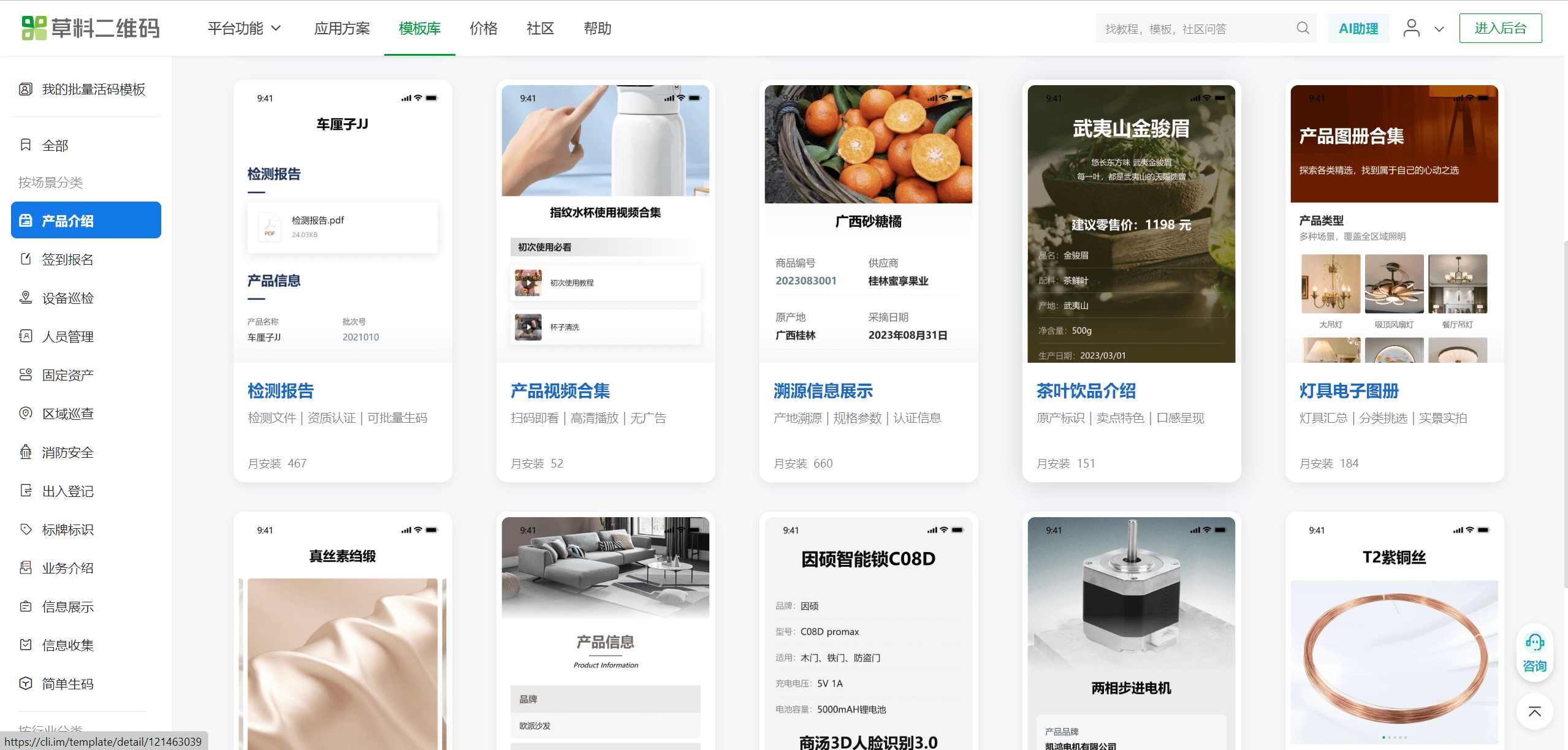How to Enhance the Appeal of Tea Packaging with QR Codes?
Original: https://cli.im/article/detail/2316
In a premium tea boutique at a high-end Hangzhou shopping mall, sales associate Ms. Zhang observed an intriguing phenomenon: 60% of customers now instinctively scan the QR code on tea cake packaging before smelling or examining the product. Operational data from a renowned tea enterprise confirms this silent revolution: "Monthly scan volume has increased by 130% year-over-year, with 58% of scanners being aged 25-35 - a first in our records."
Modern consumers have adopted "scanning = authentication + information access" as standard practice, driving fundamental changes in traditional tea packaging. Our testing revealed that scanning a premium Jin Jun Mei tea's QR code unlocks 27 information points - from origin details to video tutorials of intangible cultural heritage inheritors demonstrating traditional rolling techniques - creating multidimensional brand engagement.
I. Core Functions of Tea Product QR Codes
A small QR code on tea packaging enables multiple critical functions:
1. The "Information Magnifier" for Product Labels
Overcome packaging space limitations by embedding QR codes that reveal:
- Geographical indications (e.g., West Lake core production zone)
- Craftsmanship details (hand-fired processing)
- Sensory profiles (delicate orchid fragrance)
Rich digital content enhances purchasing motivation through comprehensive product storytelling.
2. Brewing Tutorial Videos: Guided Tea Preparation
Embed instructional videos demonstrating:
- Optimal water temperatures (85°C soft water for green tea vs. 95°C hard water for black tea)
- Professional brewing techniques
- Customized preparation methods
Such content establishes brand authority while improving customer experience.
3. Direct Conversion Channels: From Discovery to Repurchase
Integrate multiple conversion paths:
- Sales WeChat account/phone number
- Official website purchase links
- Exclusive promotional offers
Shorten the customer journey from information access to transaction completion.
4. Dynamic Content Updates: One-Time Printing, Evergreen Information
Enable real-time updates for:
- Pricing adjustments
- Seasonal promotions
Maintain content freshness without reprinting packaging, ensuring cost efficiency.
II. Comparison of Four QR Code Content Creation Tools
| Tool | Key Advantages | Limitations | Pricing |
|---|---|---|---|
| CaoLiao QR Code | Unlimited free code generation, batch processing support | No 3D flipbook effect | ¥0-2680/year |
| Canva | Extensive design templates for e-commerce visuals | Watermarks in free version | ¥0-159/year |
| Yunzhan | PDF-to-3D flipbook conversion | Requires pre-made PDFs | ¥0-8758/year |
| FLBOOK | 3D flipbook creation | No video support in free tier | ¥0-5888/year |
Tool Selection Guidelines
- Mass production & packaging integration: CaoLiao QR Code
- E-commerce visuals & posters: Canva
- Interactive flipbooks: Yunzhan/FLBOOK
III. Step-by-Step Guide to Creating Tea QR Codes
Step 1: Access CaoLiao QR Code Platform
Visit the official website via desktop, navigate to [Template Library], and select tea-related templates.

Step 2: Customize Template Content
Click [Use Template] to enter the editor. Replace placeholder content with:
- Product specifications
- Pricing details
Upload brand assets: - Promotional videos
- Brewing tutorials
- High-resolution product images

Step 3: Generate & Customize QR Code
Click [Generate QR Code] to create your code. Utilize branding tools:
- Logo integration
- Color customization
Download PNG files for optimal printing quality.

IV. Advanced Applications
Transform QR codes into "Digital Tea Steles" by integrating:
- Blockchain-authenticated origin certificates
- Batch-specific carbon footprint tracking
- Real-time ESG compliance data
This innovation has attracted 23 multinational corporations while achieving B Corp certification, demonstrating how digital integration drives premiumization in traditional industries.
